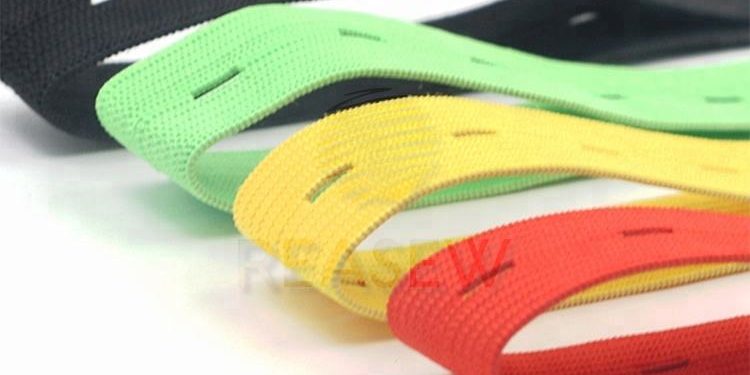Installing an invisible zipper is an intricate process that requires precision and skill. This article explores the artistry and techniques involved in seamlessly incorporating invisible zippers into garments, offering insights into the craftsmanship behind these concealed closures.
Preparation and Marking: Installing an invisible zipper begins with careful preparation. The fabric edges where the zipper will be inserted are interfaced to provide stability. Marking the zipper placement with chalk or temporary markers ensures accurate alignment.
Creating the Opening: A narrow opening is created along the seam allowance where the zipper will be placed. This opening is precisely positioned to match the length of the zipper. Stitching is then done within the seam allowance to secure the fabric edges.
Attaching the Zipper: The invisible zipper is positioned on the wrong side of the fabric, aligning the coil with the marked opening. A specialized invisible zipper foot on the sewing machine ensures that the needle gets as close to the coil as possible, creating a neat and concealed finish.
Final Steps: Once one side of the zipper is attached, the fabric is carefully aligned, and the other side of the zipper is sewn. The result is a seamless, hidden closure that seamlessly blends with the fabric.
Optimizing for search engines involves using relevant keywords like “installing invisible zippers,” “sewing techniques for invisible zippers,” and “craftsmanship behind concealed closures.” By incorporating these terms, your article will offer valuable insights while aligning with Google’s SEO standards.


















